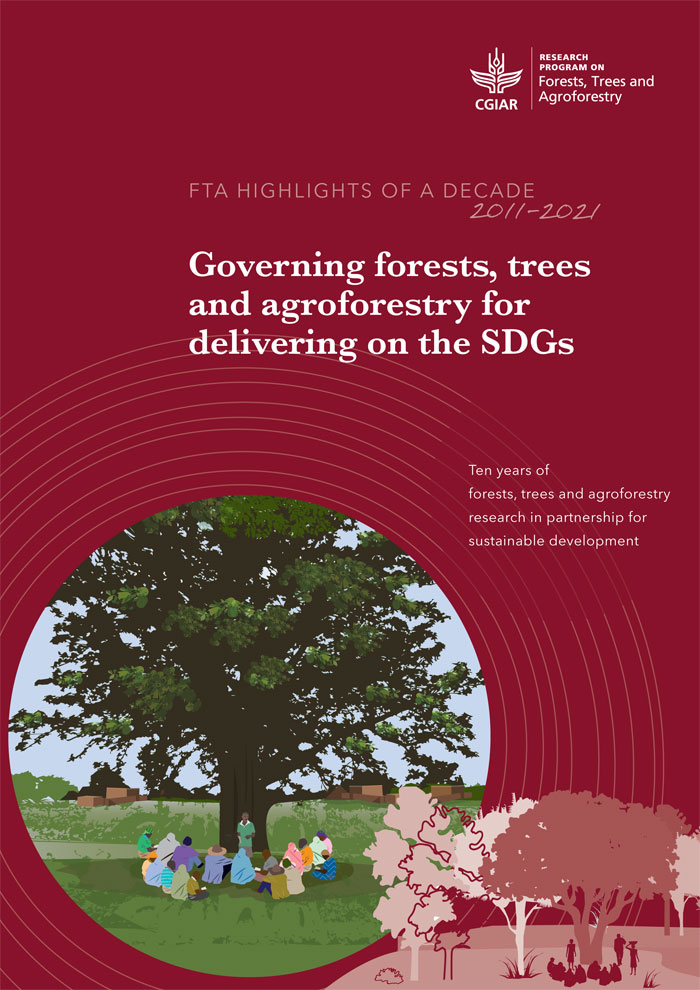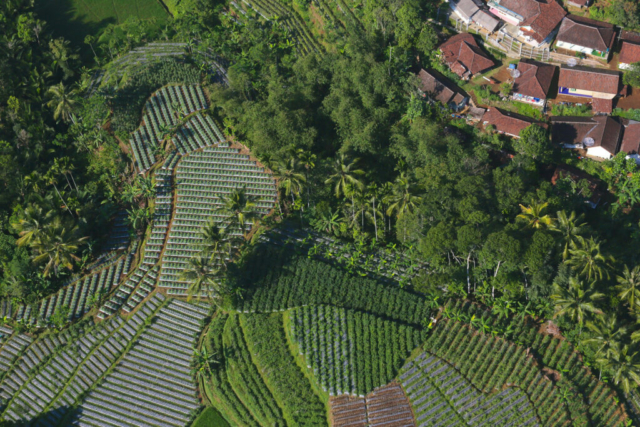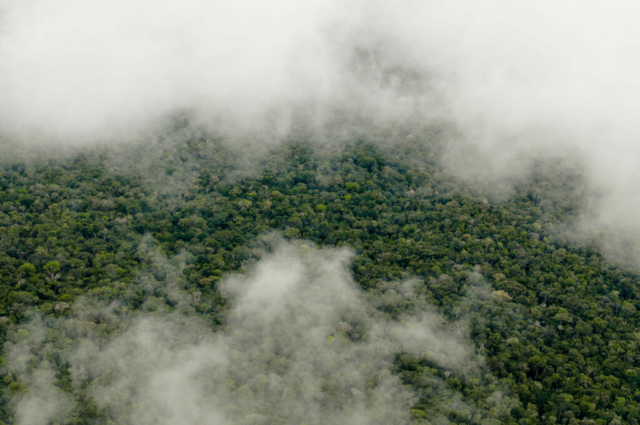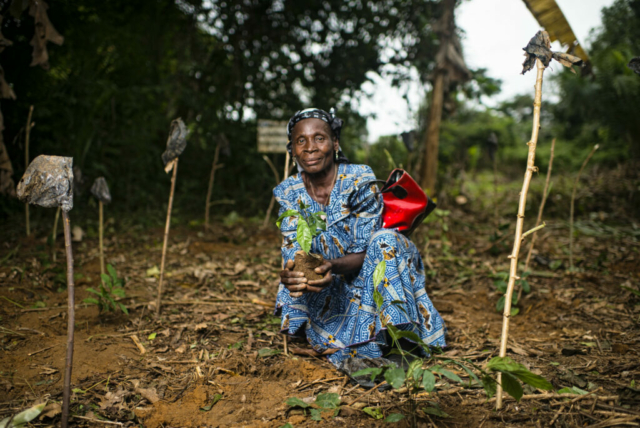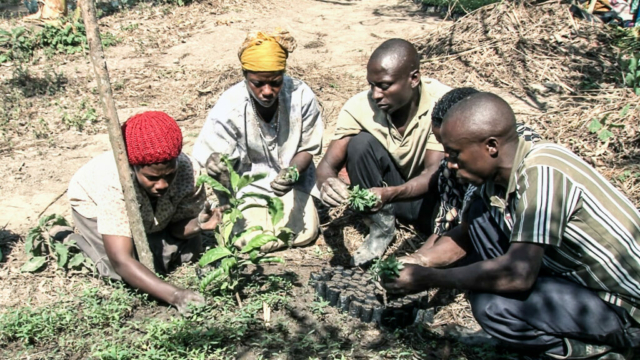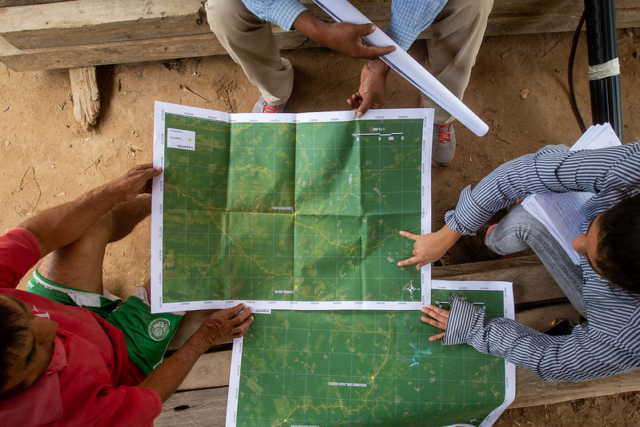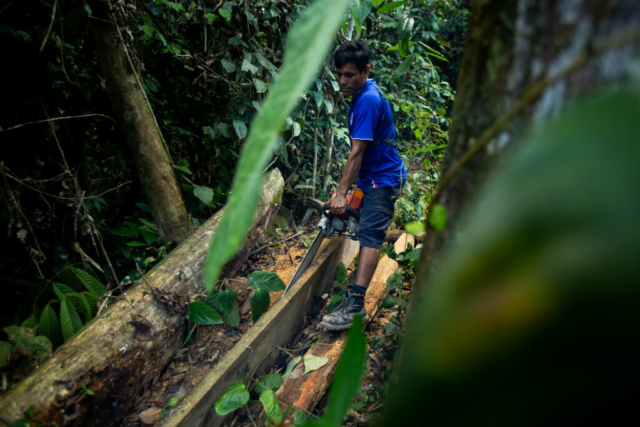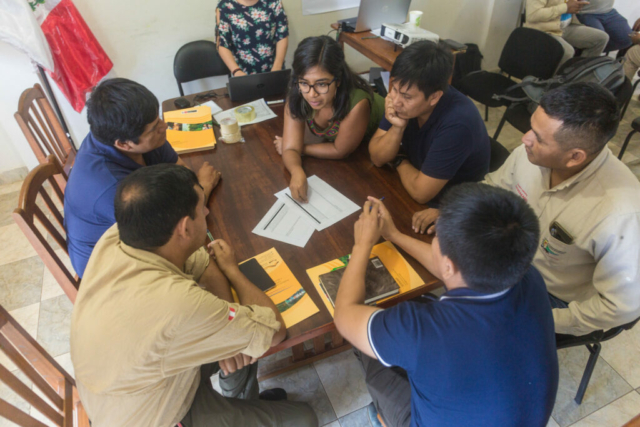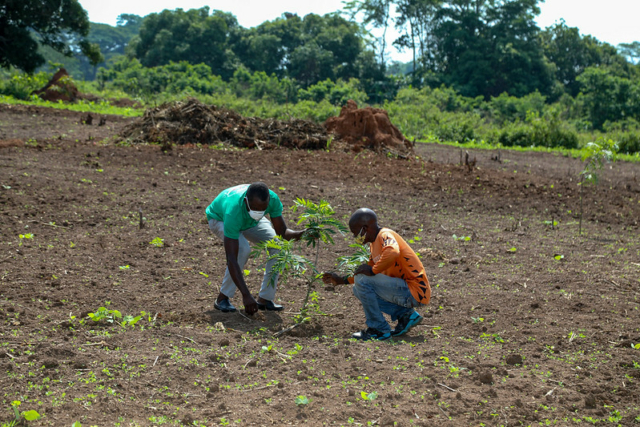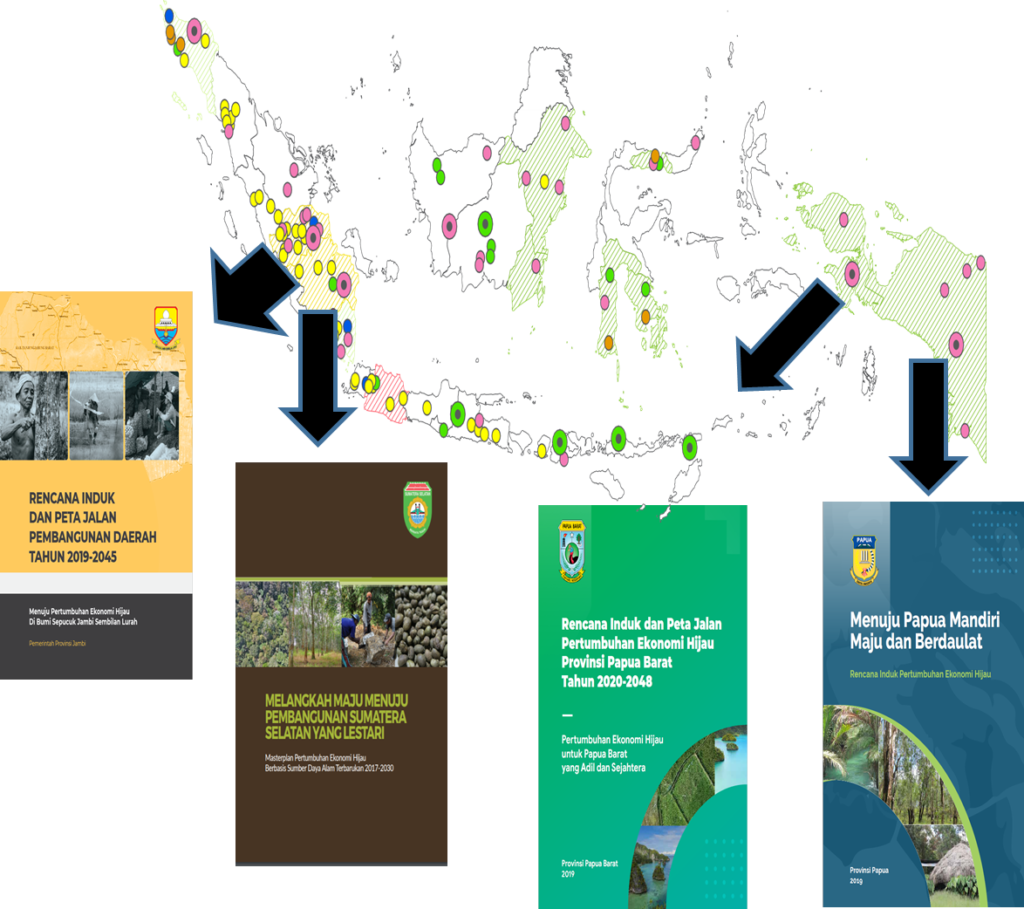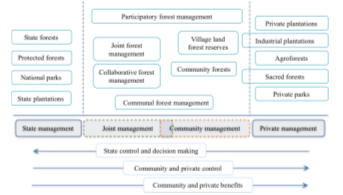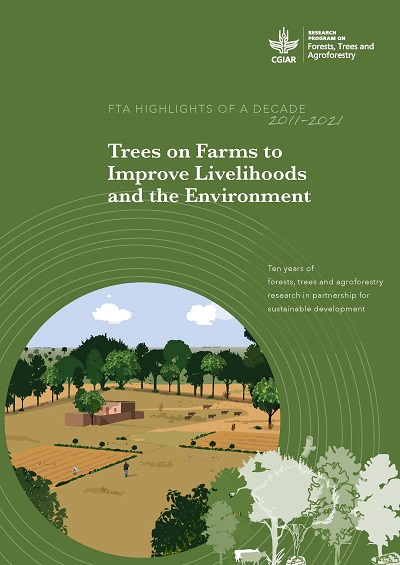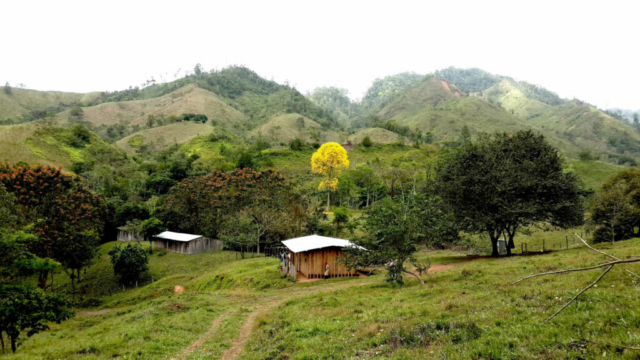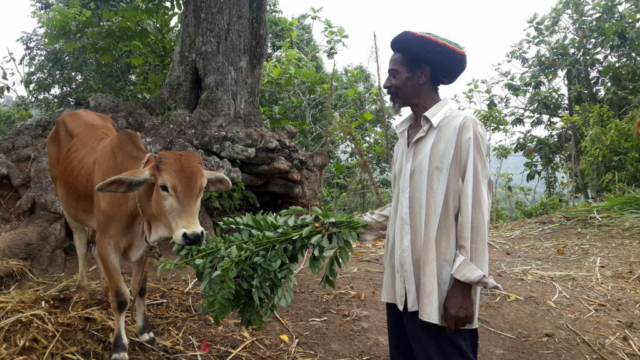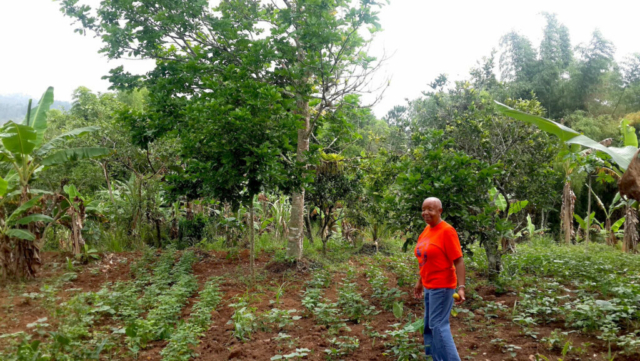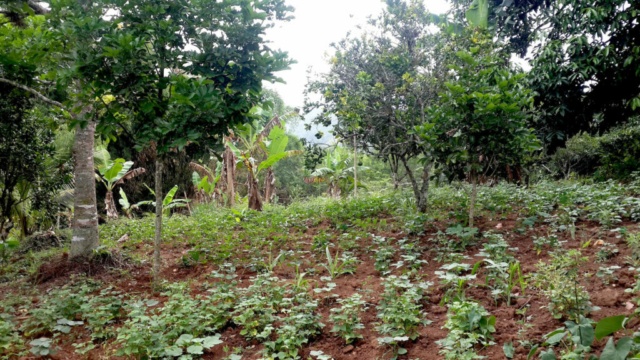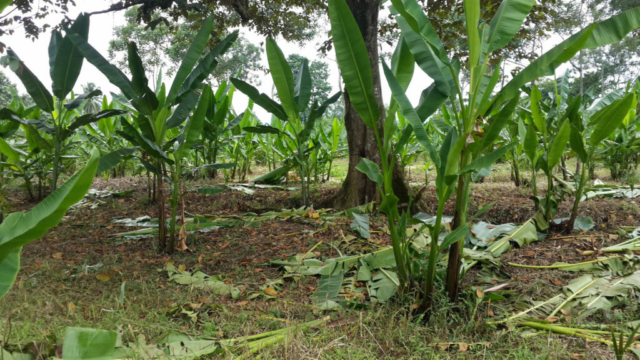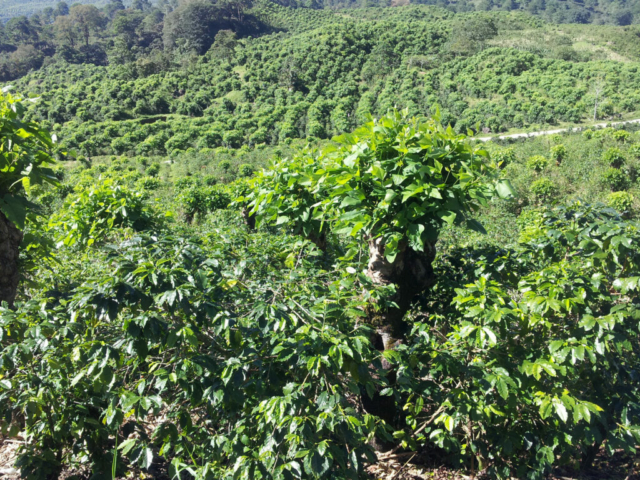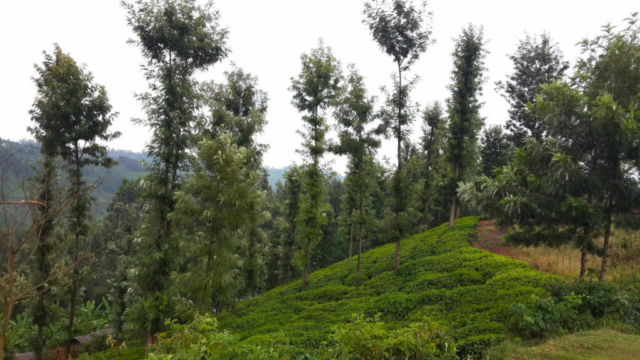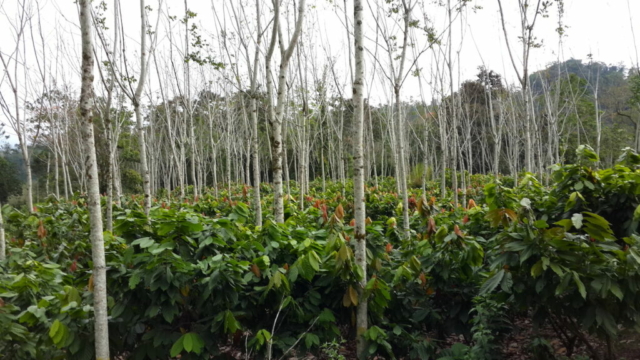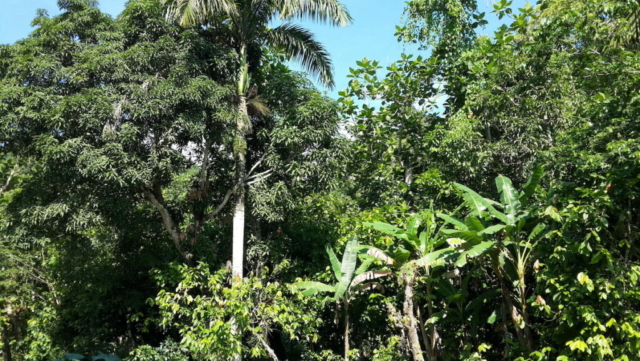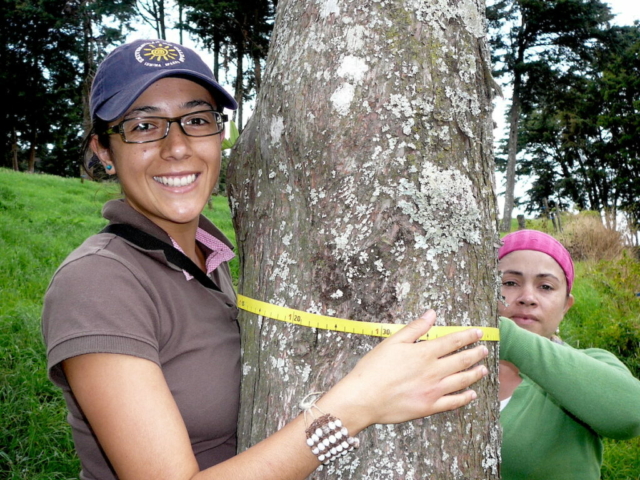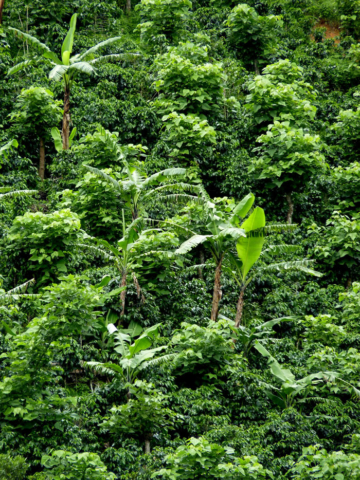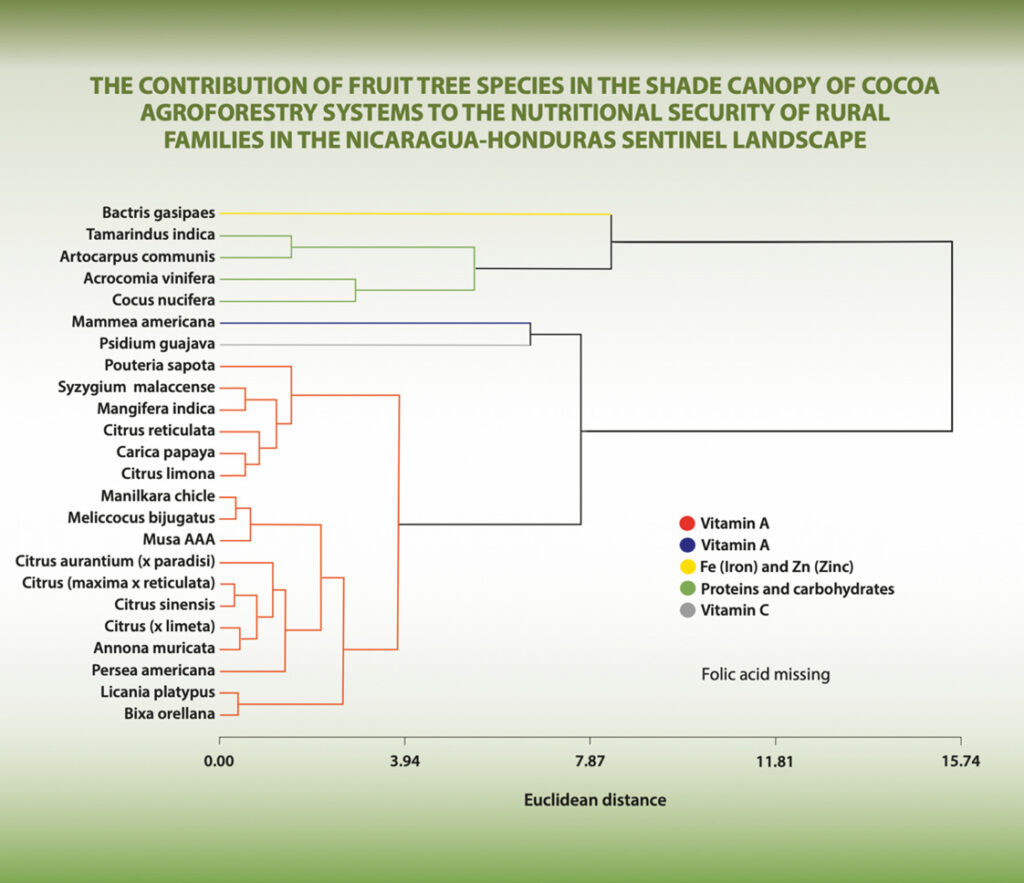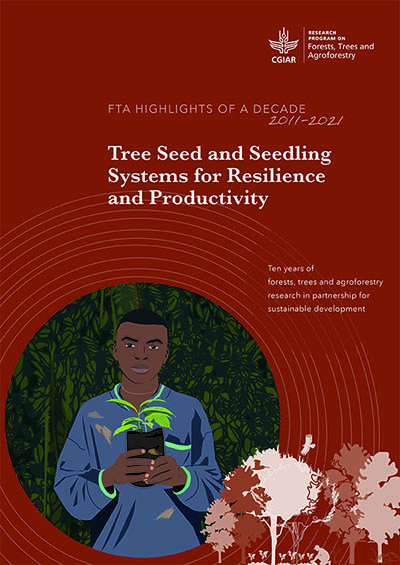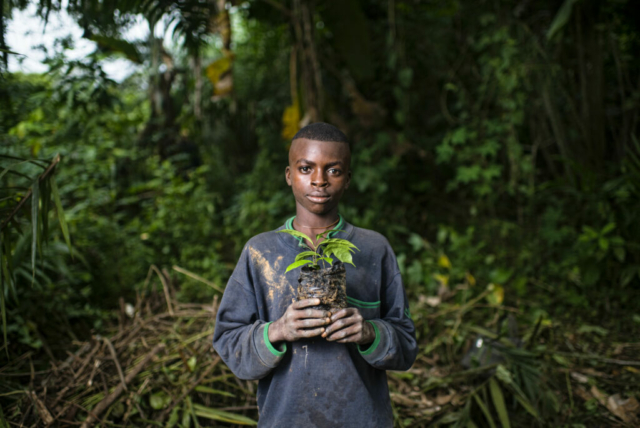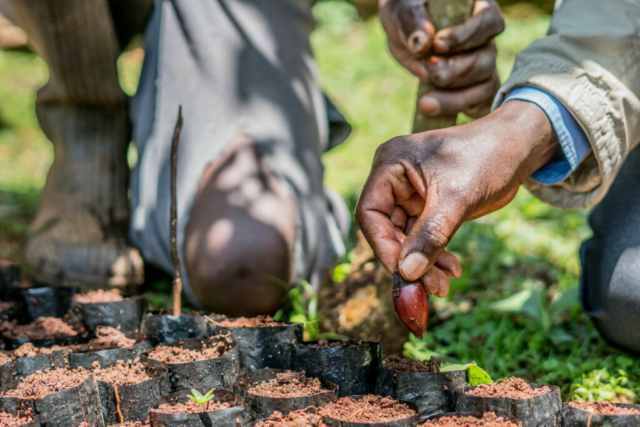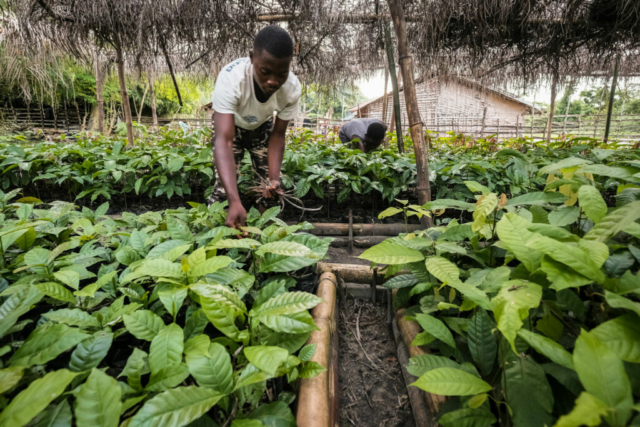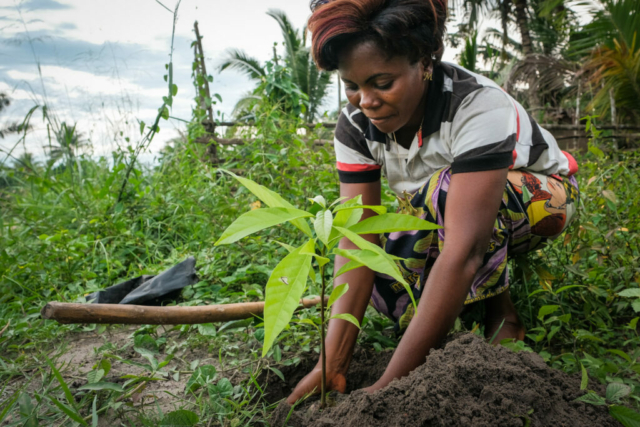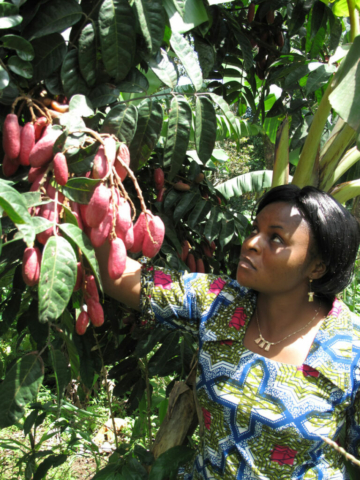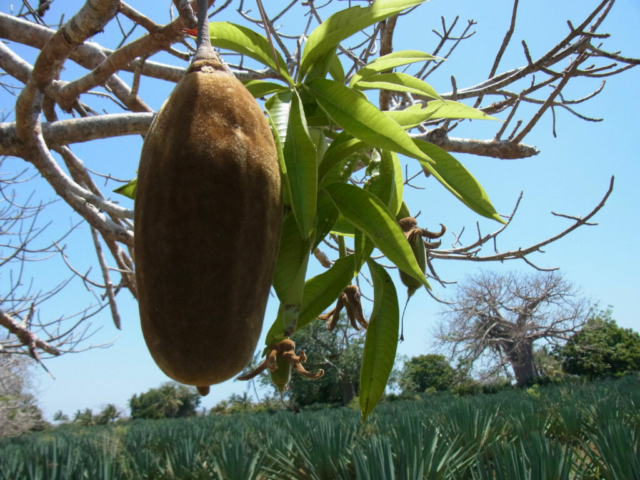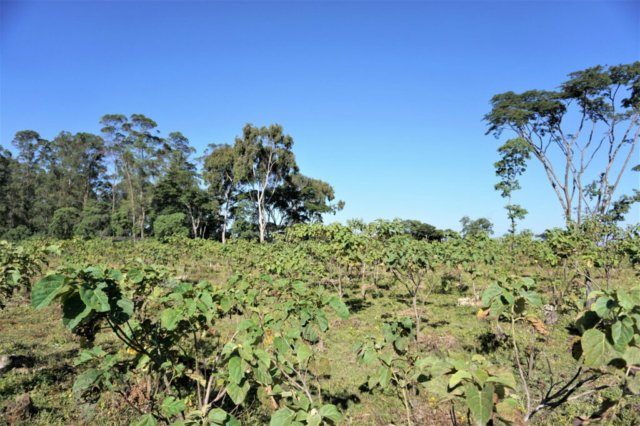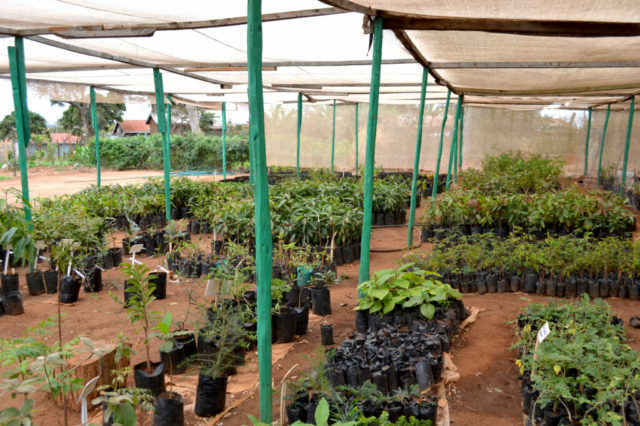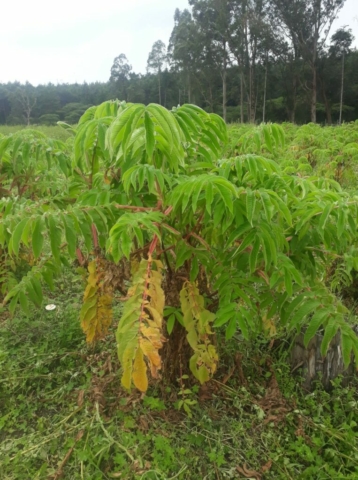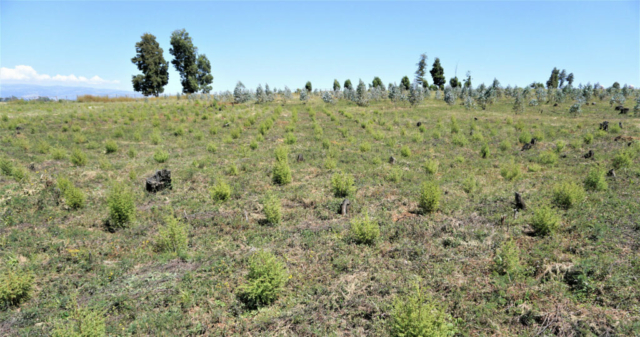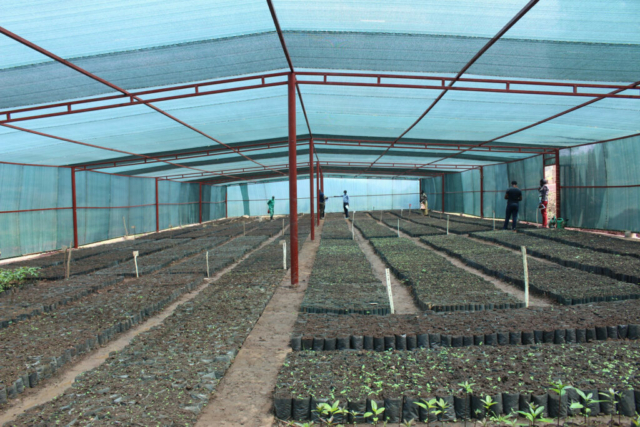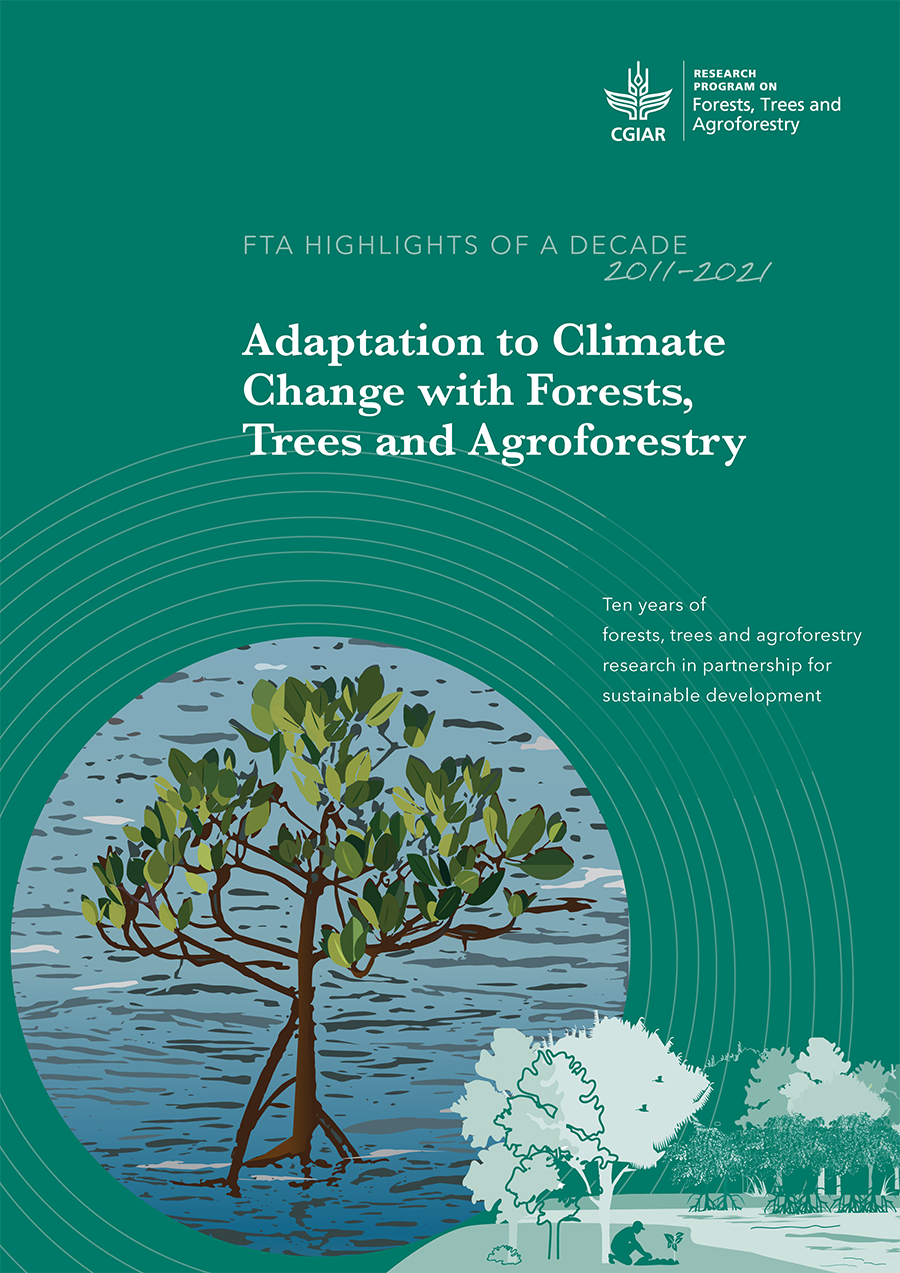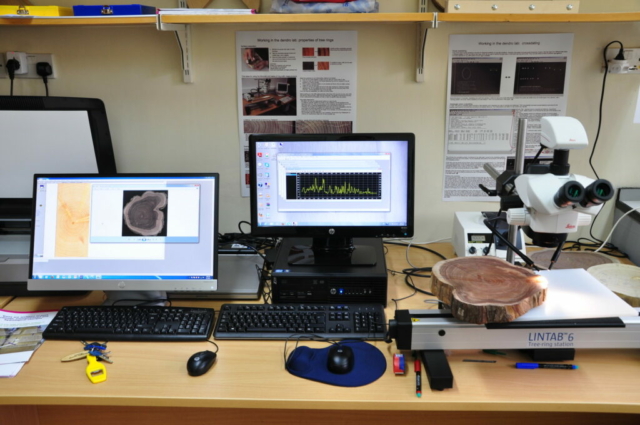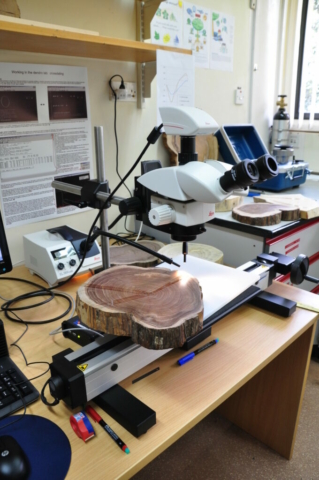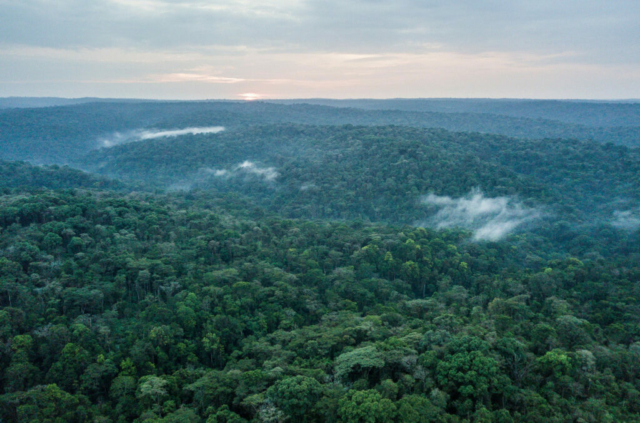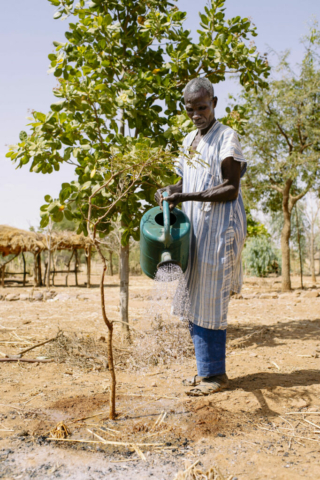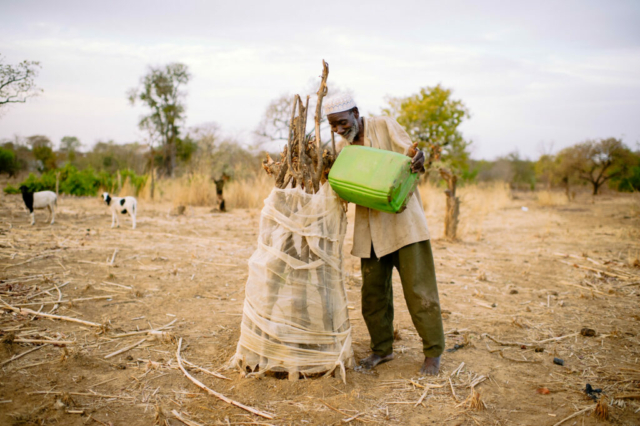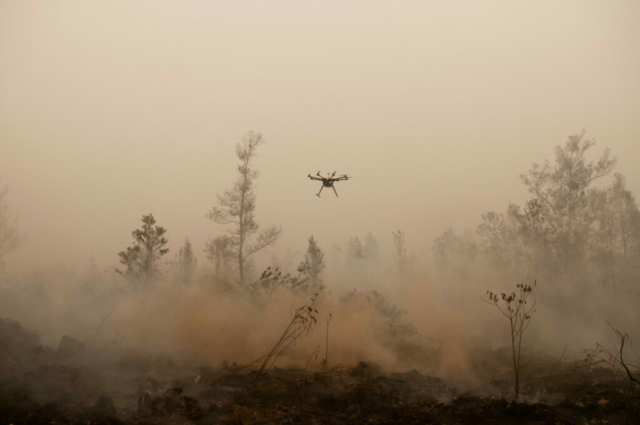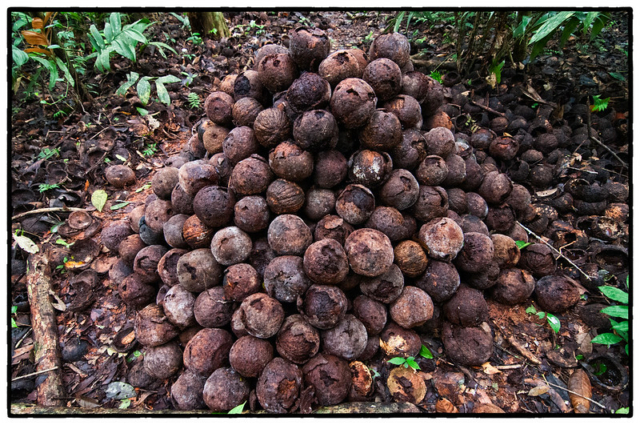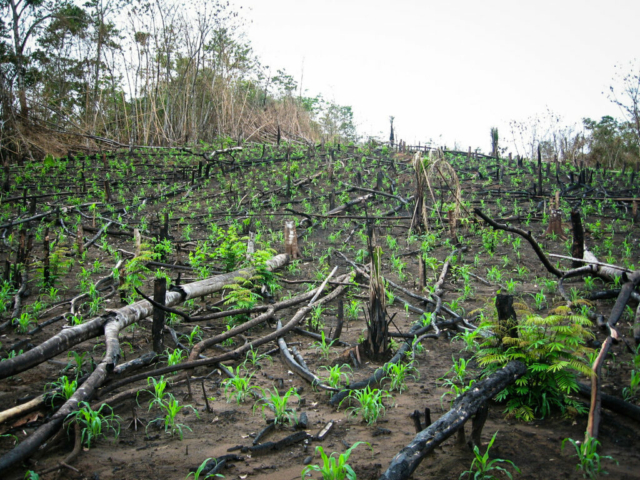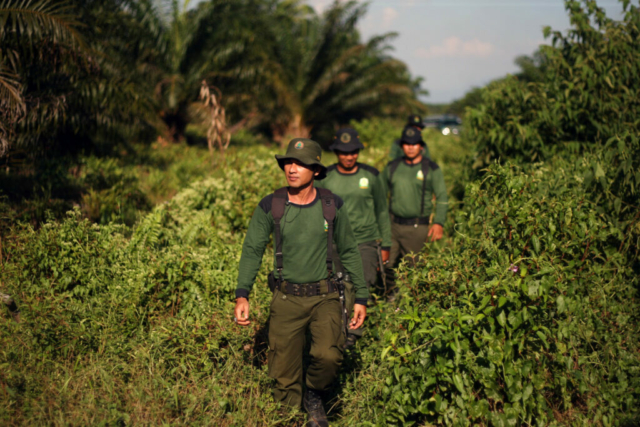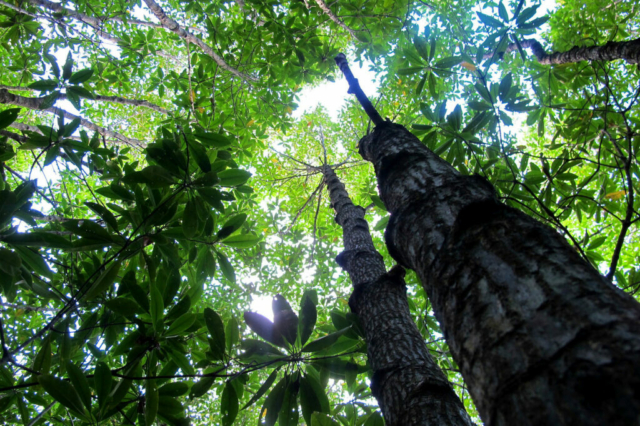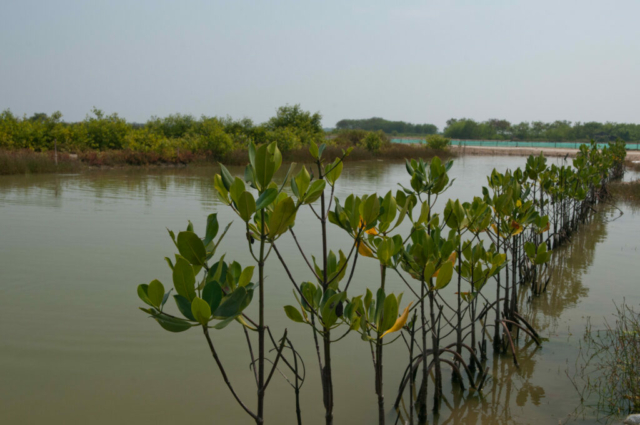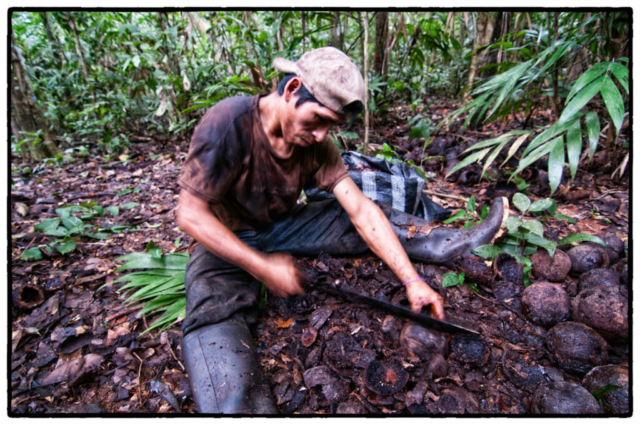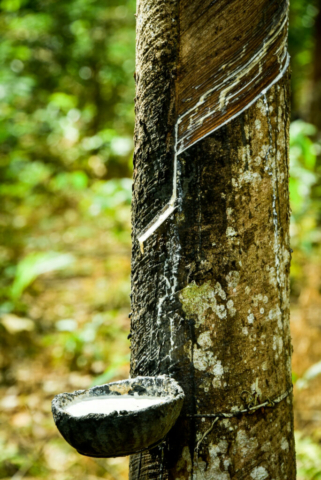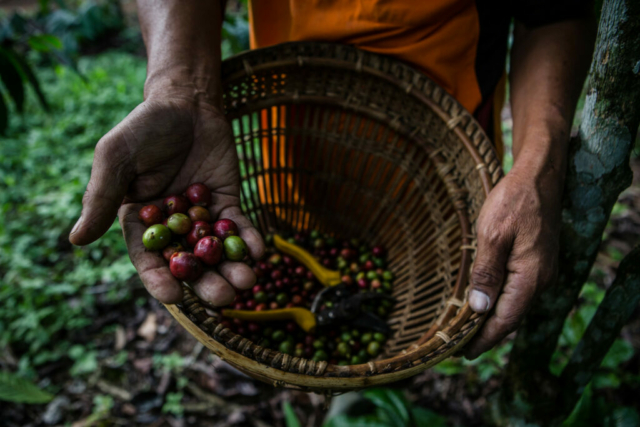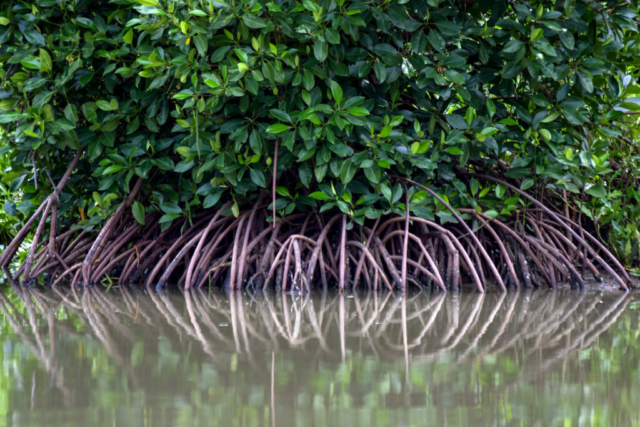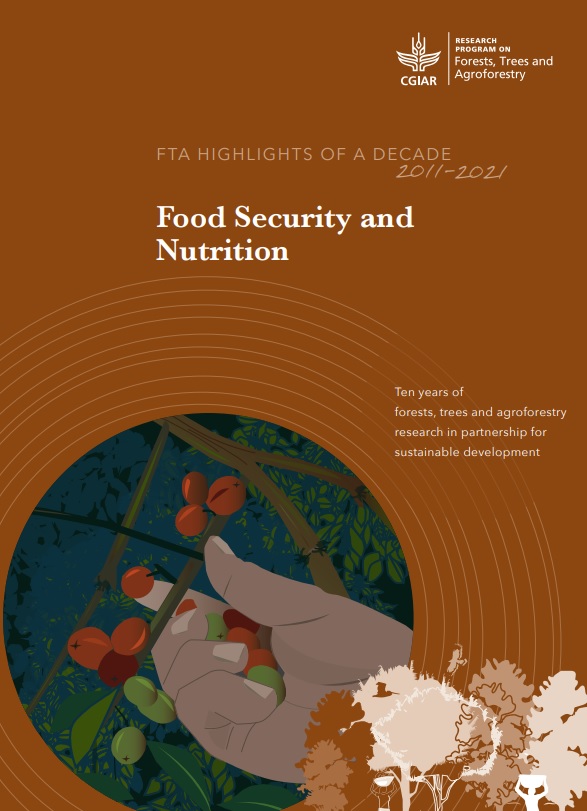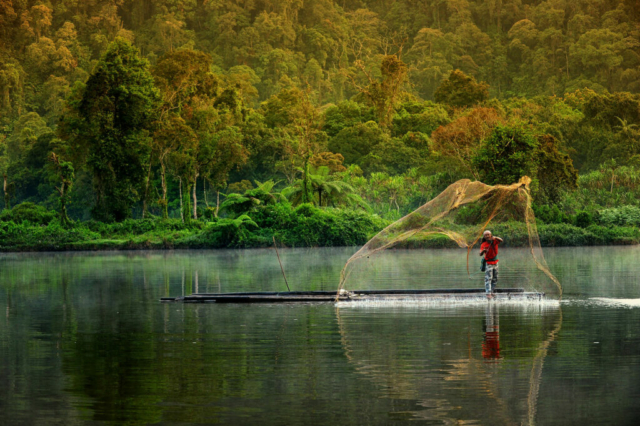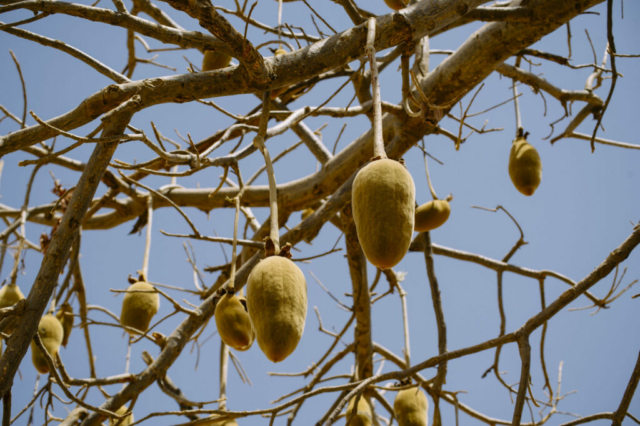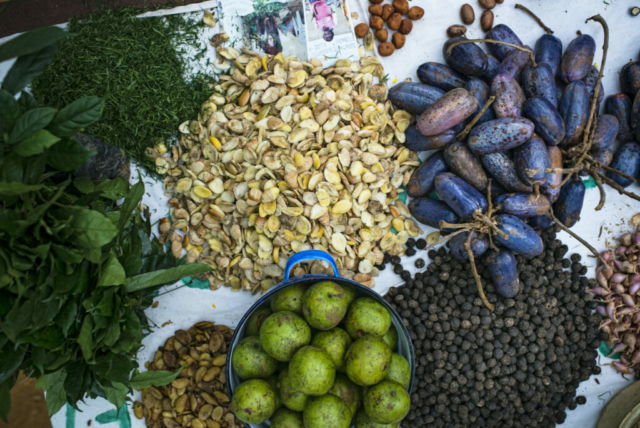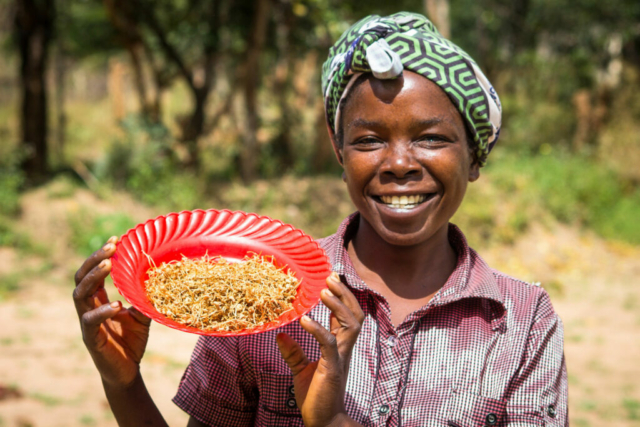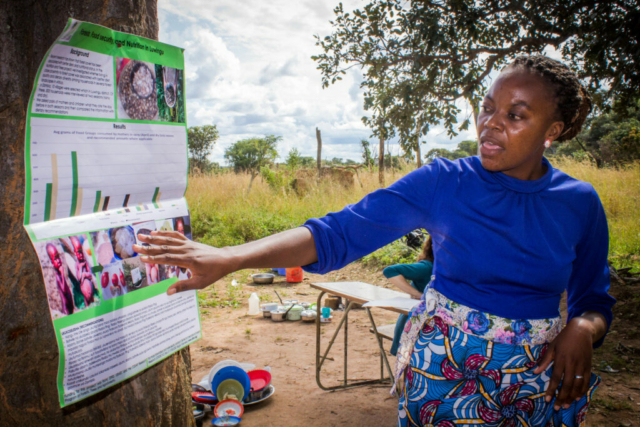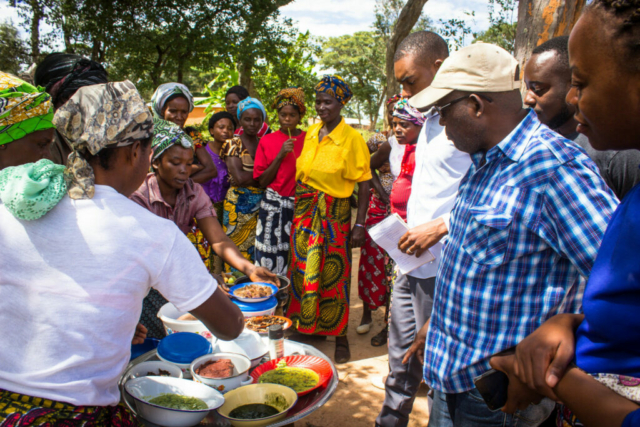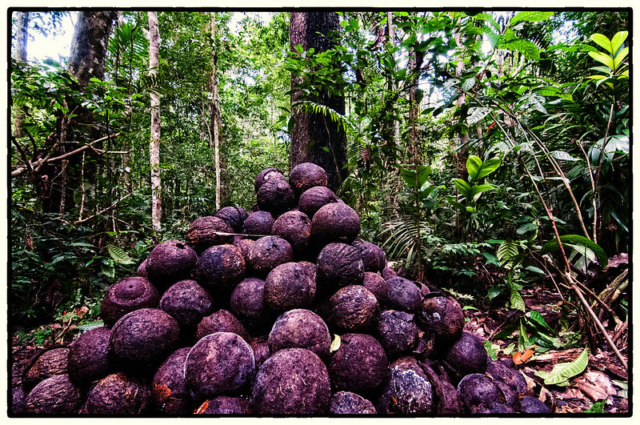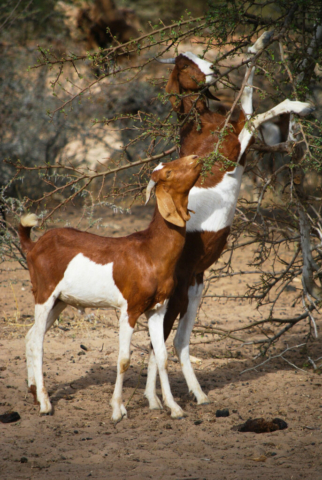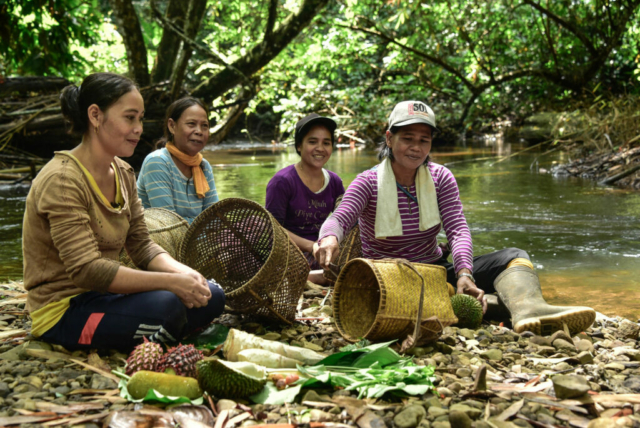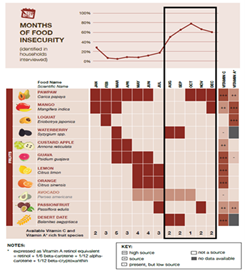Standardized data is key to increasing investment in global restoration initiatives!
There is growing global support for ecosystem restoration. However, investment is often limited by lack of information on costs and benefits of specific projects across different countries and biomes. The data that is available is fragmented and does not allow cross-comparison.
The Economics for Ecosystem Restoration (TEER) initiative aims to address this gap and to facilitate public and private investment for restoration by using a common framework for collecting data on the costs and benefits of ecosystem restoration, constituting a database and providing the information to users.
This initiative took the spotlight on 2 May 2022 when the Center for International Forestry Research, World Agroforestry (CIFOR-ICRAF) and the Food and Agriculture Organization of the United Nations (FAO) co-hosted a hybrid event at XV World Forestry Congress (WFC) to raise awareness about TEER and share important updates.
“[Because restoration finance remains insufficient], we need data to demonstrate to investors the benefits provided by restoration,” said Cristophe Besacier, Coordinator for the Forest Landscape Restoration Mechanism (FLRM) of FAO. “We need to show investors — both public and private — that the benefits are higher than the costs and that it is important and interesting to invest in this kind of activity.”
WATCH THE FULL EVENT RECORDING
The end goal of the TEER is to develop a database that serves as a reference point for governments, international donors, private investors, project managers, scientists and other stakeholders, “helping them prioritize restoration investments in a world of constrained resources,” according to the complementary short paper that was published during the WFC.
Every single dollar invested in restoration can generate USD 7-30 of return, said Alexandre Meybeck, Senior Advisor at CIFOR-ICRAF and FTA. Echoing Besacier, he noted that access to financing is dependent on whether scientists and communities can show their work will have lasting benefits and that their results are replicable.
To do this, FAO, FLRM, the Convention on Biological Diversity (CBD) and the Forest Ecosystem Restoration initiative (FERI) launched TEER together in 2018. From there, the tasks were divided into three working groups: i) FAO developed standardized tools to measure restoration costs, ii) CIFOR-ICRAF developed the module to characterize baseline and context of projects and iii) the World Resources Institute (WRI) developed the module to assess restoration benefits.
TEER is currently working at the project level to collect data from as many initiatives and partners as possible, according to Besacier. The team is providing standardized tools and templates that managers can use to easily record their various costs and benefits. These records are then stored in a global database that tracks trends across different countries and biomes. These data are also linked to an online dashboard designed for project managers to review their current costs and make short and long-term projections about restoration initiatives.
The more data is collected, the more managers will be able to make accurate projections about future initiatives “A typical restoration project might last five years,” said Meybeck, “but the real impact of the project and its benefits could go on increasing 10, 15, 20 years after the end of the project. This is why it is also important to be able to project what’s happening after the end of the project.”
TEER has already completed one phase of this data collection, and these results were presented by Valentina Garavaglia, a research consultant at FAO. Ninety projects implemented by 61 organizations in 51 countries were selected to test the new framework. Most of these projects were affiliated with UN agencies in Latin America and Africa, but the team is working to include more case studies from the Asia-Pacific region as well. Vincent Gitz, Director of Programs and Platforms and Director of Latin America at CIFOR-ICRAF, emphasized the importance of enlarging TEER’s data collection. He will promote the initiative through the new Forests, Trees and Agroforestry (FTA) Partnership, which was launched at WFC. “All restoration projects should collect data on costs and benefits,” he said.
The template for data collection, is now available in Chinese, English, French, Portuguese and Spanish on the FAO website.
Following the background presentations and a lively Q&A with the audience, Fred Stolle, Deputy Director of Forests at WRI, presented on how foundations such as TerraFund could benefit enormously from a global database on the economics of restoration projects. Because there is so much competition for land use, he noted, managers and funding organizations need to really think about where to place trees so that all human and planetary needs are met. “This is where TEER comes in,” he said. “We need to know if results can be replicated and where different approaches work best…this is so important for scalability on the ground.”
TEER can also help make the business case for restoration initiatives, said Benjamin Singer, Senior Forest and Land-Use Specialist at the Green Climate Fund (GCF). As part of their mandate, “GCF can help to de-risk ecosystem initiatives through grants, loans, equity and guarantees that tilt the economics in favour of restoration and away from land conversion,” he said. However, if project managers are unable to show the costs, benefits and track-record of investments over time, their work is unlikely to attract investors nor to receive funding from carbon credits for instance.
At present, there is a lot of potential for ecosystem restoration initiatives to fetch high prices on the voluntary carbon markets, Singer emphasized, because these projects deliver many other co-benefits that buyers are interested in (e.g. biodiversity, food security and livelihood provision). “If TEER can go that extra step and make the business case, then GCF would be happy to finance some initiatives,” he said.
To capitalize on these opportunities, the developers of TEER hope to see even more partners join in the data collection, noted Garavaglia. A brief sli.do poll with the in-person and online audience showed that 94 percent were interested in collaborating with TEER in some capacity. Most attendees were from either government or academic institutions in Asia, while eight percent were from the private sector. “We have already received a lot of interest [in the TEER], and any collaboration with more partners at the global level is very welcome,” she said.












